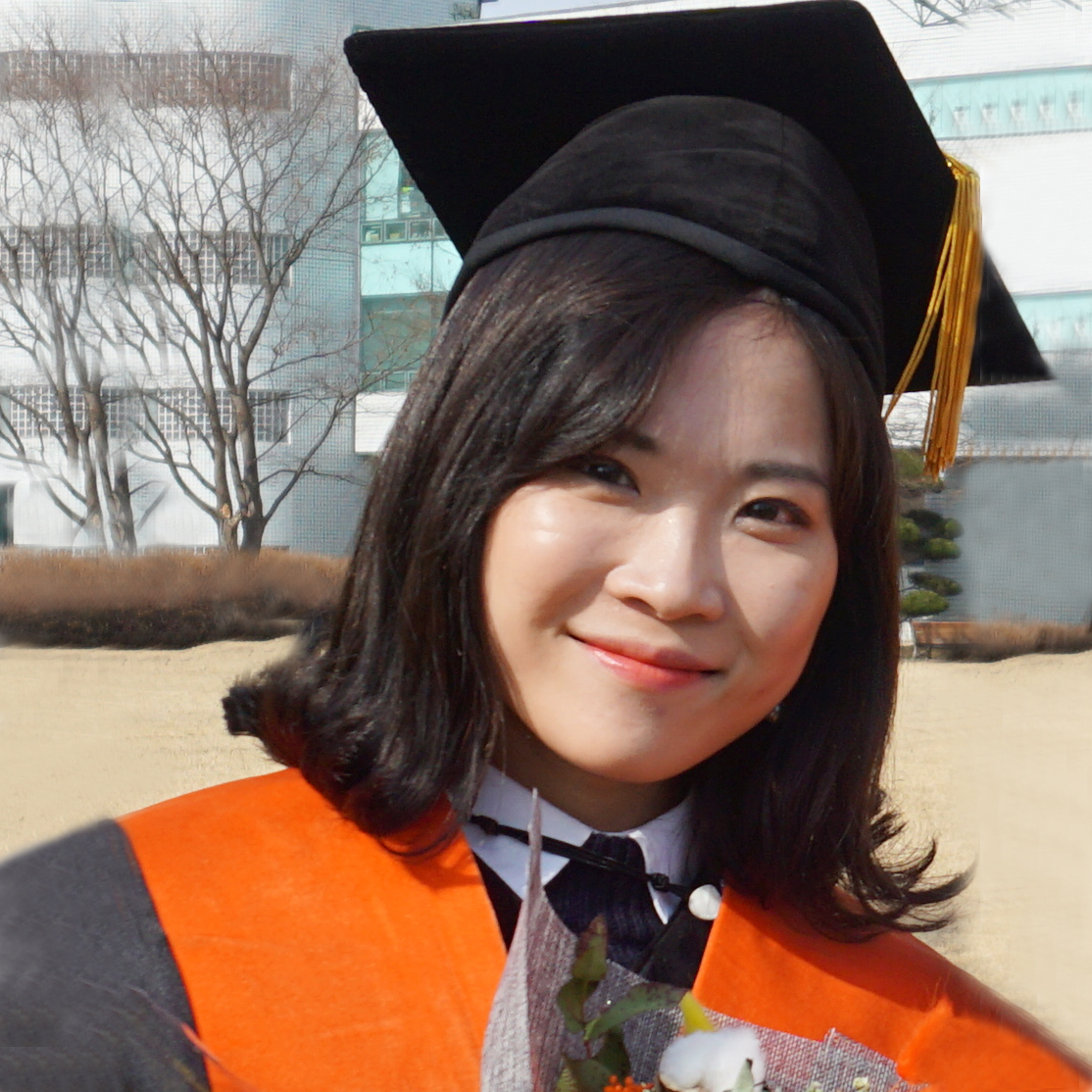
Dr Hyejeong Seong
Postdoctoral Associate
Department of Materials
Imperial College London
Dr Hyejeong Seong attained her BS and PhD degrees from the Department of Chemical and Biomolecular Engineering at the Korea Advanced Institute of Science and Technology (KAIST), a top-notch research-based institute in South Korea. She is highly skillful at designing both organic and inorganic electronic devices, nanopattern fabrication and surface functionalisation. She was formally trained and now has expertise in the fabrication/characterization of electronic devices and developing bioactive surfaces. She has published her research in several high-impact journals including Nature Materials, Advanced Functional Materials, American Chemistry Society (ACS) Nano etc since 2014, which is an outstanding output in terms of volume and quality among the researchers with the same stage. She also has been selected as a 2018 Postdoctoral Fellow of National Research Foundation (NRF) in South Korea, and a prestigious 2018 Marie Skłodowska-Curie Individual Fellow (MCIF) by the European Commission.
She is currently continuing her career as a postdoctoral researcher in Imperial College London since March 2017. Her current research interests are: (i) Silicon-based nanopattern platforms to guide and regulate stem cell differentiation, and (ii) Real-time electronics-based stem cell monitoring sensors that elucidate cell behaviour. As a female, early-stage researcher, she aims to support and innerve younger female students to become individual researchers in the near future, especially in the Asian countries.
Stem cell-based therapies to cure nerve system disorders using the self-renewal and multilineage differentiation capacities of the transplanted stem cells have been drawing attention during the past decade. However, the critical challenges are the difficulty in: (i) guiding the stem cell's proper differentiation to adult cells, and (ii) tracking their fate, distribution, and migration due to the limited tracking methods.
In 2015, the Stevens Group at Imperial College London developed high-aspect ratio, porous silicon nanoneedles (pSi nNs) for in vitro and in vivo manipulation of cell behaviour. Remarkably, the nNs penetrate the cell membrane but do not damage the nucleus, instead stimulating nuclear condensation (Published in Nature Materials, ACS Nano etc). However, current nNs in the Stevens Group is degradable within 48 hrs which is not ideal for long-term biological studies, especially for detecting/monitoring the cell differentiation during the culture. To overcome this problem, we newly developed non-porous, solid version of nNs. The new nNs exhibited a high stability in cell culture media and buffer solutions, proving their suitability for long-term investigation of stem cell fates and differentiation. This provides an ideal framework for manipulating and exploiting stem cell behaviour for longer periods as a means for understanding differentiation capacity of this promising stem cell source. Furthermore, we are expecting that the new nNs are modifiable as conductive electronic sensors, which further can be utilized as sensing and monitoring platforms for live stem cells.
Here, we are going to introduce our current progresses on using our new structure for exploiting stem cell behaviour for longer periods as a means for understanding differentiation capacity of this promising stem cell source. Also, we will discuss about establishing electronic-readout platform for monitoring cell fates, using our new structures.
Please click here to view the abstract with figures.